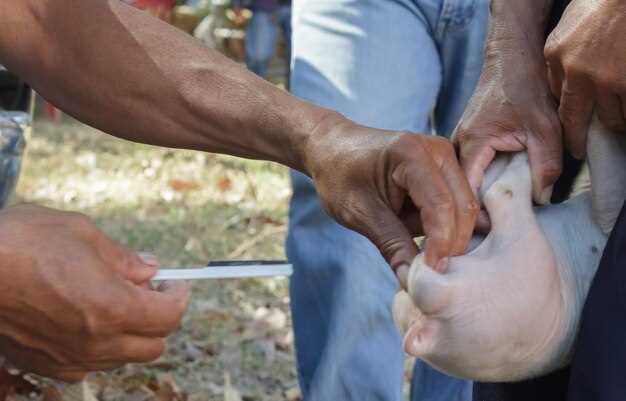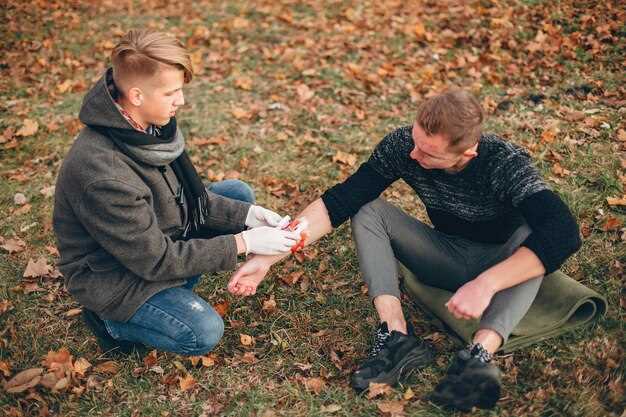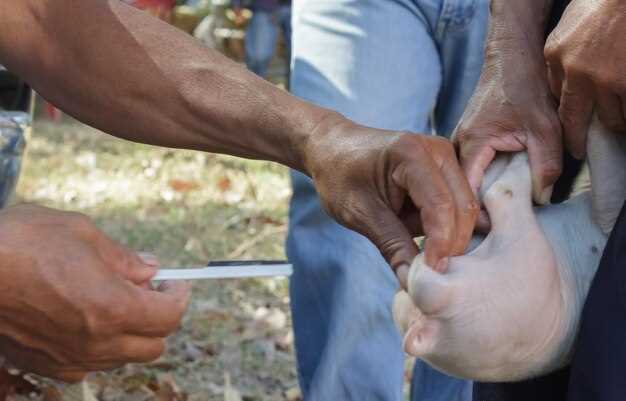
In everyday life, minor injuries are an inevitable part of our active and sometimes unpredictable routines. From scrapes and bruises to small burns and insect bites, knowing how to respond promptly and effectively is key to ensuring a quick recovery and preventing complications. Proper care for these injuries not only alleviates pain but also enhances healing, allowing individuals to return to their normal activities with minimal disruption.
Understanding the basics of first aid is essential for everyone, whether you are a parent, a caregiver, or just someone who enjoys outdoor adventures. Each situation may require a unique approach, but the fundamental principles remain the same. By familiarizing yourself with the common types of minor injuries and their appropriate treatments, you can boost your confidence and preparedness in handling unexpected events.
This field guide aims to equip you with the knowledge needed to treat minor injuries safely and effectively. We will explore a range of injuries, from cuts and abrasions to sprains and strains, providing practical advice and tips on how to manage these situations calmly and competently. Your ability to apply first aid principles can make a significant difference in the outcomes of minor injuries, ensuring that care is administered efficiently and compassionately.
Identifying Common Minor Injuries in Outdoor Settings
When enjoying the outdoors, it’s crucial to be aware of common minor injuries that can occur. Prompt identification and care can prevent these injuries from worsening. Below are some typical minor injuries and tips for recognizing them.
- Scrapes and Abrasions:
These are often caused by falls or rough surfaces. Look for:
- Redness around the area
- Surface-level wounds
- Minimal bleeding
- Minor Cuts:
Cuts may occur from sharp objects. Signs include:
- A break in the skin
- Minor bleeding
- Clear or slightly cloudy fluid
- Sunburn:
Overexposure to sun can lead to skin damage. Symptoms include:
- Red, painful skin
- Warm to the touch
- Possible peeling skin
- Insect Bites and Stings:
These occur from contact with insects. Look for:
- Redness and swelling at the site
- Itching or pain
- Occasional swelling extending beyond the bite area
- Soreness and Strains:
Physical activities can lead to muscle soreness. Signs include:
- Pain or discomfort in muscles
- Swelling in the affected area
- Limited range of motion
Proper care is essential for all identified minor injuries. Basic first-aid measures such as cleaning wounds, applying antiseptics, and using bandages can significantly aid recovery and prevent infection. Always monitor the affected area for any signs of worsening conditions.
Step-by-Step First Aid for Cuts, Scrapes, and Bruises

In the realm of survival and injury care, knowing how to treat cuts, scrapes, and bruises is crucial. These minor injuries can occur during various activities, but proper treatment can prevent infections and promote healing.
First, assess the injury. For cuts, determine if the bleeding is serious. If blood flows steadily or if the cut is deep, apply direct pressure with a clean cloth. Elevate the injured area to help minimize bleeding.
If the cut is minor, rinse the wound gently under clean running water to remove dirt and debris. Avoid using soap directly in the wound, as it may cause irritation. For scrapes, clean the area in the same manner, ensuring all foreign particles are removed.
Once cleaned, apply an antiseptic solution to prevent infection. For cuts, if the edges are not aligned, gently bring them together before applying a sterile adhesive bandage. For scrapes, cover the area with a clean bandage to protect it from further injury and keep it moist, which aids healing.
In case of bruises, rest the affected area and apply a cold compress to reduce swelling. Ensure the compress is wrapped in a cloth to prevent direct contact with the skin. Elevate the bruised area if possible.
Monitor the injuries for signs of infection, such as increased redness, swelling, or pus. If these symptoms arise or if the cut is large and gaping, seek professional medical care. Understanding these steps in first aid empowers individuals to manage minor injuries effectively, ensuring a safer experience in any environment.
When to Seek Professional Help for Minor Injuries

While many minor injuries can be effectively managed at home, there are specific circumstances that warrant professional medical assistance. Recognizing these situations is essential for ensuring a safe recovery and maintaining overall well-being.
Firstly, if the minor injury does not show signs of improvement within a few days, it is crucial to consult a healthcare professional. This lack of progress may indicate complications or an underlying condition that requires a more thorough evaluation.
Secondly, if the injury involves any open wounds that appear to be infected, characterized by increased redness, swelling, or pus, seeking medical attention is advisable. Infections can escalate quickly and may necessitate treatment that cannot be effectively managed at home.
Additionally, if you experience persistent pain that is disproportionate to the apparent severity of the injury, professional help should be sought. This could suggest a more serious issue, such as a fracture or internal damage, which needs specialized assessment.
Furthermore, if the injury leads to sudden loss of function, such as difficulty moving a limb or bearing weight, it is essential to visit a medical professional. This symptom may indicate significant damage that requires intervention to ensure appropriate healing and recovery.
Lastly, if the minor injury is sustained by a child, elderly person, or someone with pre-existing medical conditions, erring on the side of caution by seeking professional advice is recommended. These populations may have different thresholds for healing and may require more careful monitoring.
In summary, while minor injuries often can be treated effectively at home, recognizing when to seek professional help can greatly contribute to a successful recovery and enhance overall survival in the face of injury.
